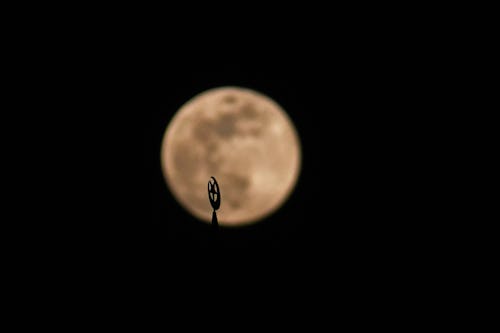
January is a month filled with celestial wonders, and this year, it brings a spectacular event that will have sky-gazers buzzing. On the night of January 13, the full Wolf Moon will perform a magical trick by hiding Mars from view in a phenomenon known as an occultation. This rare occurrence is not just a treat for astronomy enthusiasts but also an opportunity for casual observers to witness something truly special in the night sky.
The full Wolf Moon reaches its peak fullness at 5:27 p.m. Eastern Time on January 13. For those eager to catch this cosmic performance, the moon will rise about an hour earlier at 4:28 p.m. ET and will remain visible until 8:09 a.m. ET the following morning. For viewers outside the Eastern Time Zone, the timing may vary slightly, but the spectacle will be visible across North America.
What is Occultation?
An occultation occurs when one celestial body passes in front of another from our viewpoint on Earth. In this case, Mars will appear to disappear behind the full moon and then re-emerge shortly after. This event is relatively uncommon; such alignments between planets and moons do not happen frequently, making this a must-see for anyone interested in astronomy.
To maximize your viewing experience of this celestial dance, find a location with minimal light pollution and an unobstructed view of the eastern horizon where the moon will rise. Binoculars or a telescope can enhance your experience, allowing you to see more details on the moon's surface as well as Mars when it reappears.
Other Celestial Highlights in January
January isn’t just about the Wolf Moon and Mars; it's also an excellent month for observing other planets. Venus, Saturn, and Jupiter are all prominent in the night sky throughout January. Venus shines brightly as the evening star, while Saturn and Jupiter can be seen together in close proximity during certain evenings. This planetary alignment offers additional opportunities for stargazing enthusiasts to enjoy.
- Venus: Known as the "Evening Star," Venus is particularly bright and can be seen shortly after sunset.
- Saturn: Look for its distinctive rings through binoculars or a small telescope.
- Jupiter: The largest planet in our solar system is also one of the brightest objects in the night sky.







